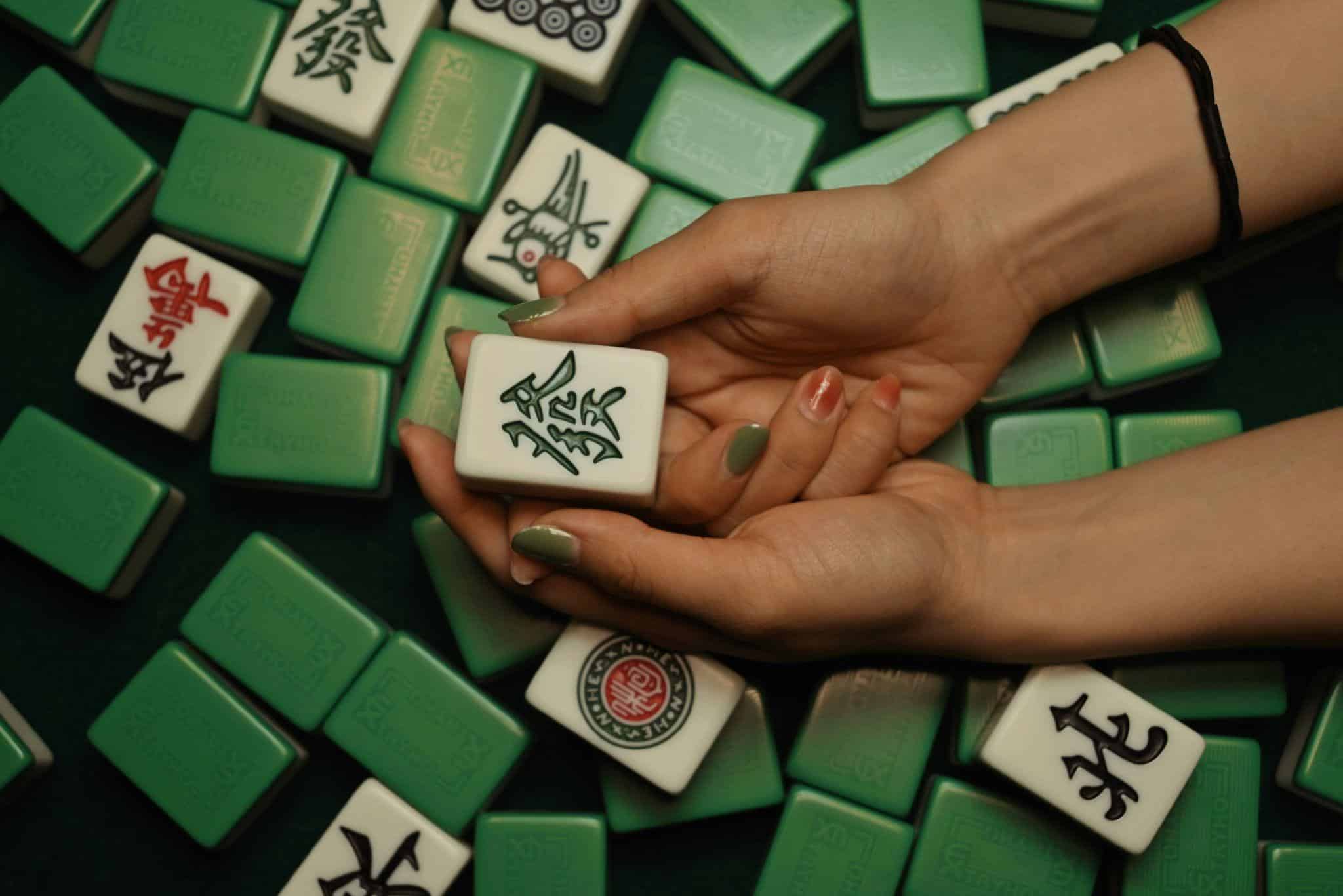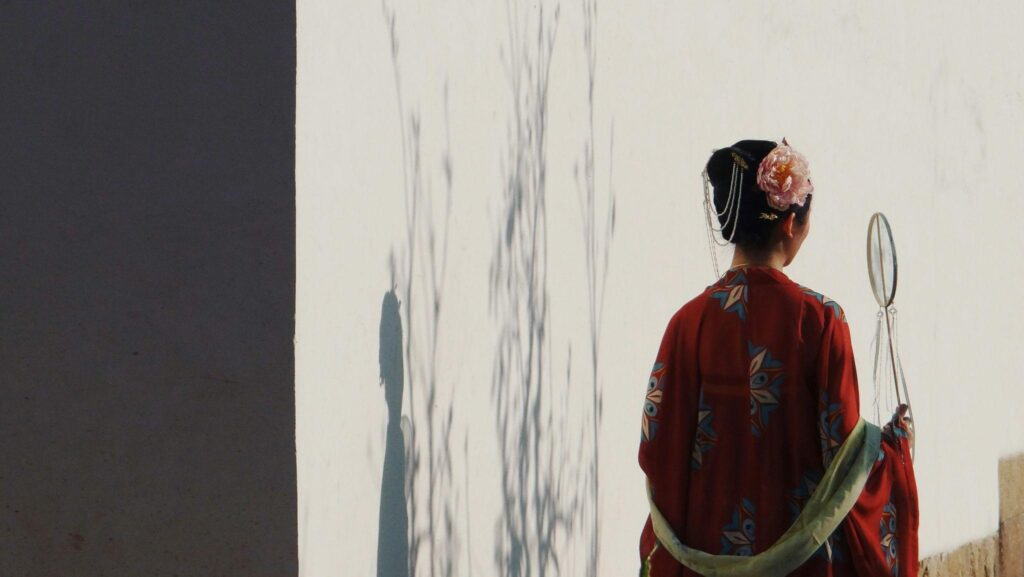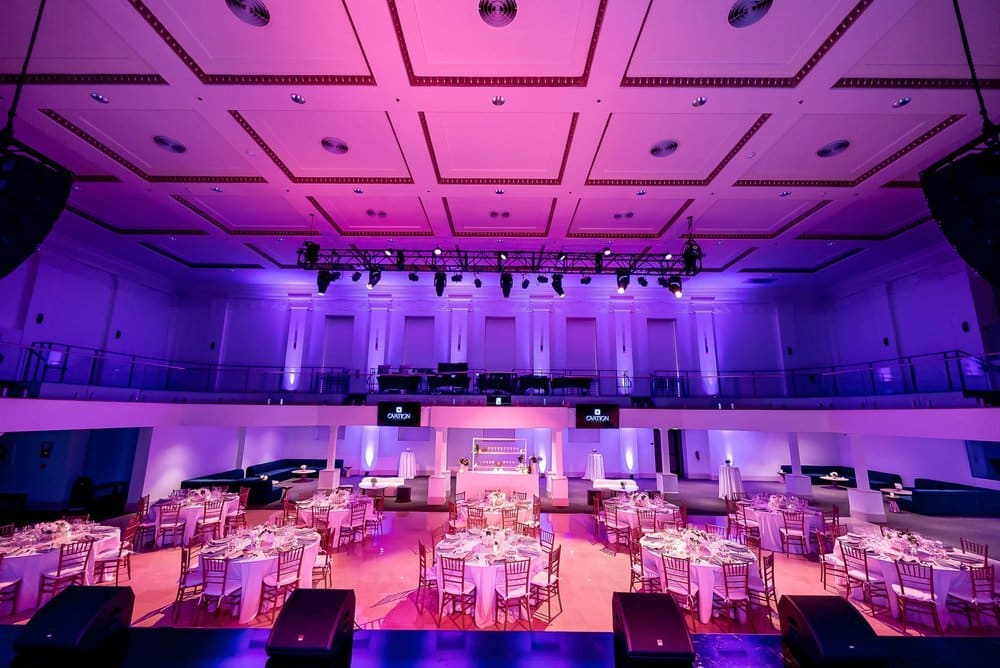China has left us with many remarkable inventions and traditions that continue to enrich our lives today, from groundbreaking technologies to everyday luxuries. Many everyday things we enjoy owe their origins back to ancient China. In this blog, we will look at some of their contributions.
Paper and the Art of Writing
Can you imagine life without books, newspapers, or sticky notes? Well, China deserves credit for the invention of paper. Cai Lun is widely credited with its invention during the Eastern Han Dynasty in 105 CE. Paper revolutionized how humans recorded information and communicated, opening the way for its dissemination to spread throughout continents.
Next time you jot down a list or open your favorite novel, remember its ingenious Chinese origins as you take note. With paper came another Chinese contribution to written language, which is calligraphy. Not simply about writing, Chinese calligraphy is an artform combining mindfulness, precision, and creativity that has spread globally through Japan and Korea as part of China’s cultural legacy.
Tea Culture and the Charm of a Perfect Brew
If tea drinking has become part of your daily ritual, thank China. Tea first emerged under Emperor Shen Nong in ancient China. Since then its drinking has spread globally as an internationally beloved ritual. Chinese mastery over tea’s preparation has given rise to varieties from earthy rich Pu-erh to floral jasmine that offer sensory experiences steeped with history. Not to mention antioxidants and improved digestion benefits which only add another reason to enjoy this ancient practice.
Gunpowder, Fireworks and Modern Entertainment
No Fourth of July or New Year’s Eve celebration would be complete without fireworks, and they’re spectacular appearance comes courtesy of ancient China. Gunpowder was invented accidentally by alchemists searching for immortality. Its invention revolutionized not just warfare but entertainment as well. Although its creation had serious military ramifications worldwide, its use as fireworks brought people great pleasure. From Chinese festivals to Hollywood films, its legacy still shines bright.
Porcelain and the Elegance of Fine Ceramics
China’s exquisite porcelain, more commonly referred to in Western culture as “china,” has long been revered for its delicate beauty and exquisite craftsmanship. First developed during the Tang Dynasty, China’s porcelain became immensely popular worldwide, using trade routes like the Silk Road. From intricate Ming vases to contemporary ceramic dinnerware, porcelain represents elegance and sophistication. When you admire its glossy sheen in your home you’re appreciating ancient Chinese artistry at its finest.
Mahjong
Mahjong, the iconic Chinese board game, combines strategy, skill and chance into one captivating game. Played using a set of 144 tiles featuring Chinese characters and symbols and typically enjoyed by four players. Mahjong originated during the Qing Dynasty and has become an important cultural staple that stands as both social connection and entertainment. Drawing and discarding tiles similar to rummy is used to form winning combinations.
Mahjong Solitaire, another popular mahjong tile game available online, has become immensely popular due to its accessibility and simplicity. Players aim to clear the board by matching identical tiles, but only free ones are selectable. Those blocked on either side cannot be selected. Mahjong Solitaire’s accessibility and simplicity have led many players to enjoy it as an accessible way of relaxing or developing problem-solving skills. Its many variations and themes provide ample opportunity for testing logic and concentration skills while enjoying timeless mahjong tiles.

Paper Money and the Economy of Convenience
Though we now rely heavily on credit cards and digital wallets, paper money was first developed by the Chinese during the Tang dynasty, then widely adopted during the Song Dynasty. Banknotes made from lightweight material were introduced as an economical replacement to bronze coins to enable trade across large regions and facilitate commerce across long distances. Eventually setting the groundwork for modern banking systems and currencies used globally today. Paper money’s convenience changed how economies operated, something many people today take for granted when opening their wallet.
Martial Arts and Inner Harmony
From Bruce Lee’s groundbreaking films to exciting mixed martial arts tournaments or local community karate classes, Chinese martial arts has had a lasting influence on modern culture. Wushu (Kung Fu) is an ancient form of Chinese martial art which blends physical strength, mental discipline and spiritual philosophy to produce a harmonious whole.
Chinese martial arts date back 4 000 years and were traditionally designed for self-defence, health promotion, and personal development. Now, martial arts training has gained worldwide popularity. Millions worldwide engage in training to increase mental clarity, physical fitness and self-confidence.
Beyond physical techniques, martial arts’ philosophy (emphasizing balance, focus and perseverance) remains relevant and motivating today, inspiring practitioners to live full and purposeful lives. Rooted deep within ancient tradition but just as effective today. Proving that martial arts is far more than combat techniques, they offer an avenue towards inner harmony and self-improvement.
Compass and Navigational Mastery
Exploration would not exist today were it not for the magnetic compass, an innovative Chinese invention from Han Dynasty China that allowed ancient explorers to traverse unfamiliar seas with ease and chart new territories without fear. Today, its principles still guide modern hiking trips as well as GPS systems in your car, further evidence of ancient ingenuity leading to extraordinary achievements by humankind.
Silk and the Luxury of Comfort
Silk has long been associated with luxury and elegance, and its history is shrouded in legends. According to Chinese mythology, silk was discovered by Lady Leizu, the Yellow Emperor’s wife. Soon thereafter it traveled along the Silk Road as an export product that created vibrant exchange between civilizations. Today silk is highly-prized as both a luxury material and symbol of refinement. Thanks to China, we can continue this legacy while enjoying silk’s comfort as an expression of refinement.
Noodles, Dumplings, and Culinary Bliss
Any discussion of Chinese contributions would be incomplete without noting the profound influence they’ve had on world cuisine. While pasta is commonly associated with Italy, its roots can be traced all the way back to China over 4 000 years ago. Chinese dumplings such as jiaozi and baozi have quickly become indispensable dishes in international kitchens.
Their delightful texture, whether steamed, fried, or boiled offers a tantalizing experience for every palate. From selecting a hearty bowl of ramen to relishing freshly made dumplings or ordering Chinese takeout, every bite reflects China’s long and rich culinary tradition. Through these iconic dishes, Chinese cuisine continues to shape food cultures across the globe while emphasizing its timeless appeal and creativity.
Chinese Medicine and Holistic Healing
TCM (Traditional Chinese Medicine) has a long and rich tradition, stemming from its foundation on balancing vital energy within our bodies, or “Qi.” TCM, an ancient practice dating back to ancient China, involves using techniques such as acupuncture, herbal remedies and Tai Chi to bring harmony between body, mind, and spirit.
TCM emphasizes a holistic approach to health that goes beyond treating symptoms to address imbalances that impact the overall wellbeing. Although modern medicine remains the go-to healthcare practice, Traditional Chinese Medicine remains highly esteemed due to its ability to manage chronic conditions and promote preventive healthcare.

Conclusion
From porcelain and paper money, China’s amazing innovations have had an indelible mark on modern society that often goes unrecognized. Their creations not only stood the test of time but have enriched cultures across continents. Whether you enjoy tea, GPS navigation or fireworks, you are reaping the fruits of centuries of Chinese ingenuity.
Next time you encounter one of these elements in your daily life, take a moment to reflect on its vast legacy. An undeniable testament of creativity, curiosity and craftsmanship from an ancient civilization which has left a huge mark on human history.
China has left us with many remarkable inventions and traditions that continue to enrich our lives today, from groundbreaking technologies to everyday luxuries. Many everyday things we enjoy owe their origins to ancient China. In this blog, we will look at some of their contributions.















